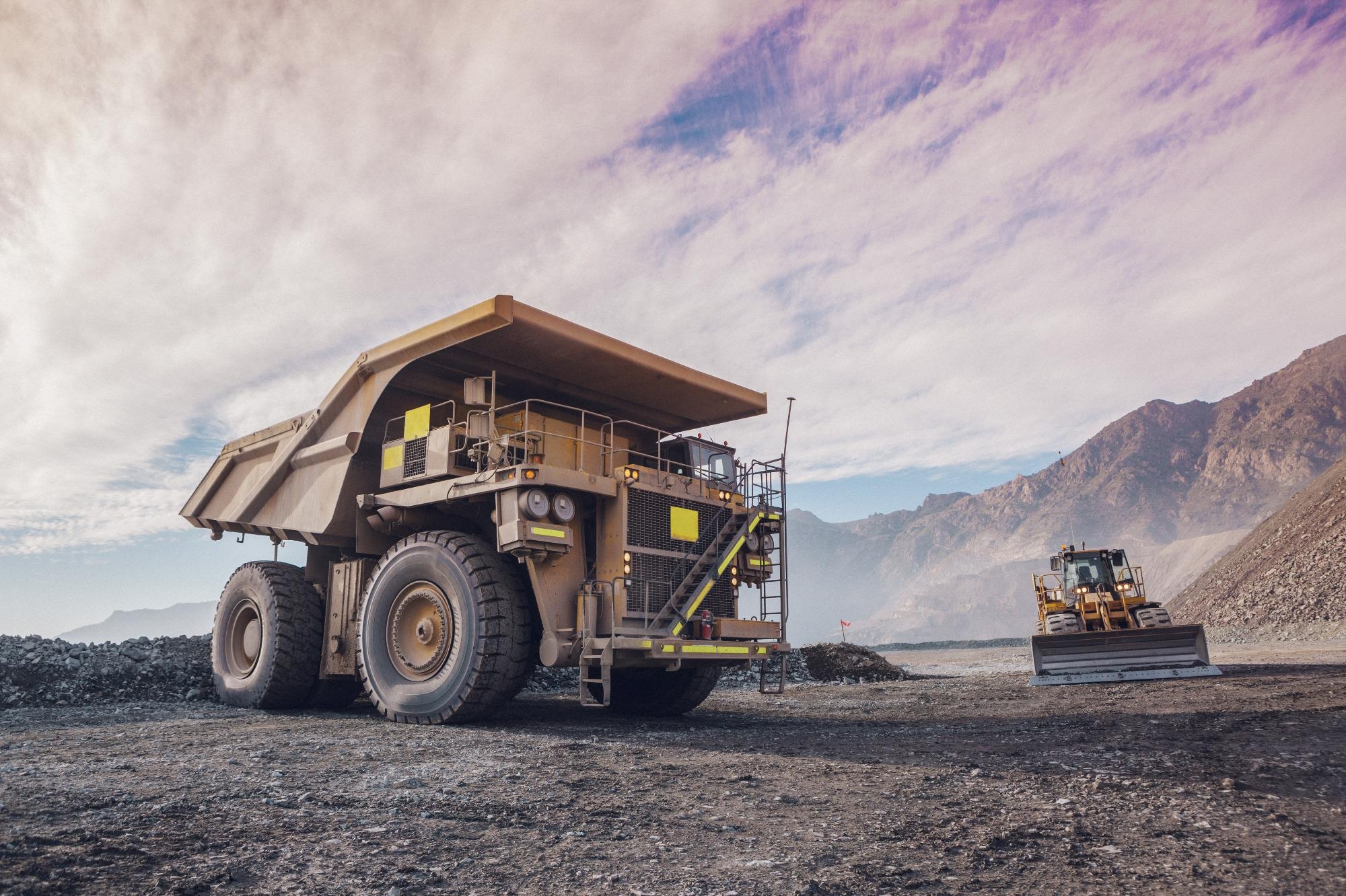Imperial Metals Corporation announced that an agreement has been achieved with the Province of British Columbia for the surrender of Imperial’s Giant Copper mineral claims situated 37 km east of Hope, BC, Canada.

Image Credit: Shutterstock.com/erlucho
Imperial has maintained Giant Copper since April 1988. The claim area is host to two mineral deposits consisting of gold, silver, copper and a newly discovered gold showing. The claim area predates the making of Manning Park and the Skagit Valley Provincial Park, which currently encircle the claim area.
In 1995, after a public review process, the Province assigned nearly 30,000 hectares as the Skagit Valley Provincial Park, while facilitating mineral exploration in the 2,500-hectare claim area. Imperial at the time surrendered a few of its claims ahead of the Skagit River to improve what would turn out to be the Skagit Valley Provincial Park in return for a commitment to enable mineral exploration and probably mining in the leftover Giant Copper claims.
The decision to surrender all leftover claims shows just how difficult it is to achieve mineral exploration and development permits in this region.
Our objective as a mining company would have been to proceed with exploration of our claims. But as a company that is responsive to the aspirations of Indigenous communities, government, and neighbors we support this agreement.
Brian Kynoch, President, Imperial Metals Corporation
The consideration that has to be paid to Imperial for the surrender, spanning all prior investment in the Giant Copper claim area, is C$24 million.
Copper plays an inherent role in decreasing carbon emissions and achieving Canada’s 2050 net-zero goals. One of the biggest sources of emissions in North America is the transportation sector. Petroleum-based cars, airplanes, ships, trains and trucks produce more than 2,097,000,000 metric tons of carbon annually.
At present, 3% of vehicles are battery-driven. By 2050, 60% of all vehicles will turn out to be electric-powered. However, to make the carbon emission-free batteries to power the vehicles, car and truck makers will require up to 14 times more nickel, iron ore, lithium, copper and other rare earths.